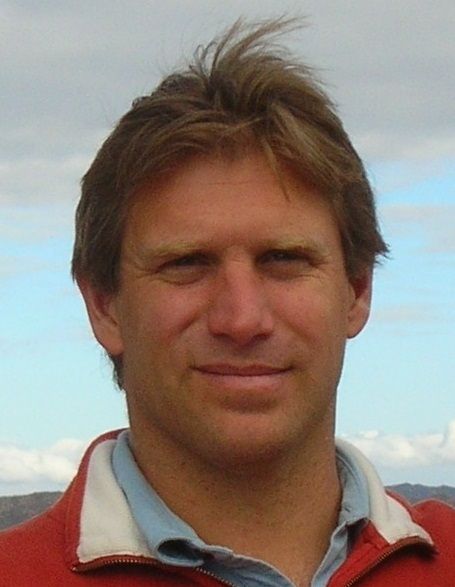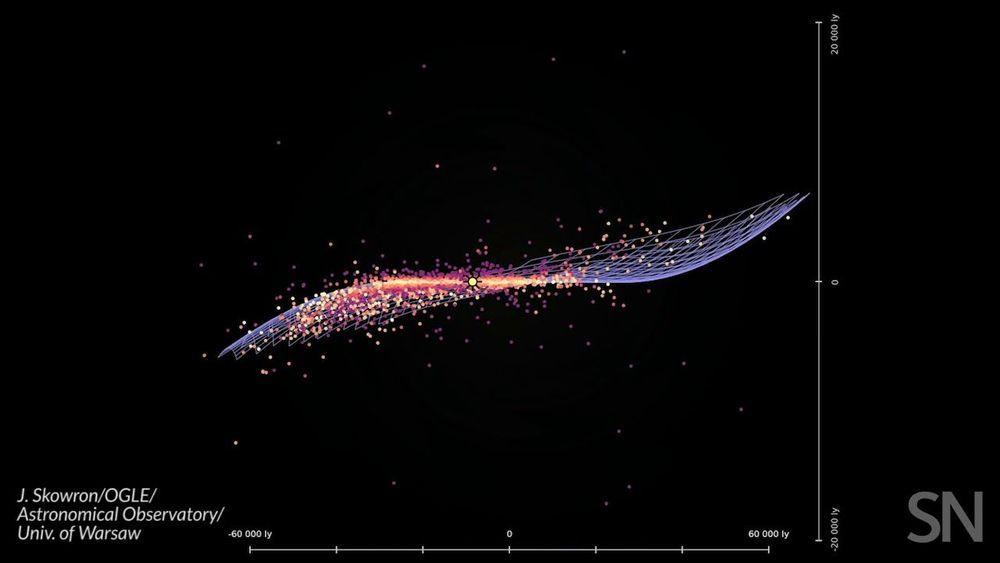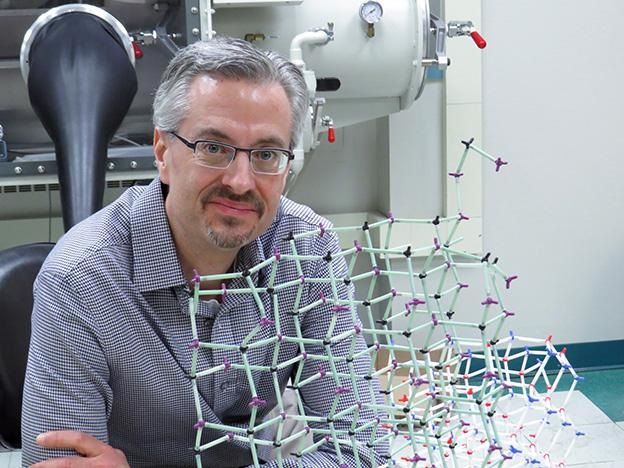Aug 4, 2019
A Decades-Old Computer Science Puzzle Was Solved in Two Pages
Posted by Genevieve Klien in categories: computing, mathematics, science
A paper posted online this month has settled a nearly 30-year-old conjecture about the structure of the fundamental building blocks of computer circuits. This “sensitivity” conjecture has stumped many of the most prominent computer scientists over the years, yet the new proof is so simple that one researcher summed it up in a single tweet.
“This conjecture has stood as one of the most frustrating and embarrassing open problems in all of combinatorics and theoretical computer science,” wrote Scott Aaronson of the University of Texas, Austin, in a blog post. “The list of people who tried to solve it and failed is like a who’s who of discrete math and theoretical computer science,” he added in an email.
The conjecture concerns Boolean functions, rules for transforming a string of input bits (0s and 1s) into a single output bit. One such rule is to output a 1 provided any of the input bits is 1, and a 0 otherwise; another rule is to output a 0 if the string has an even number of 1s, and a 1 otherwise. Every computer circuit is some combination of Boolean functions, making them “the bricks and mortar of whatever you’re doing in computer science,” said Rocco Servedio of Columbia University.


















